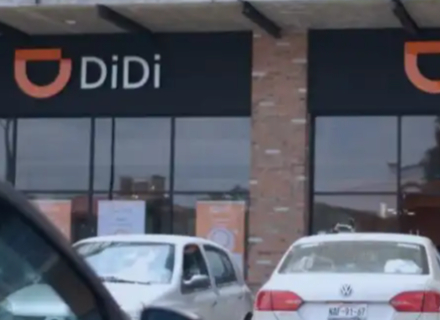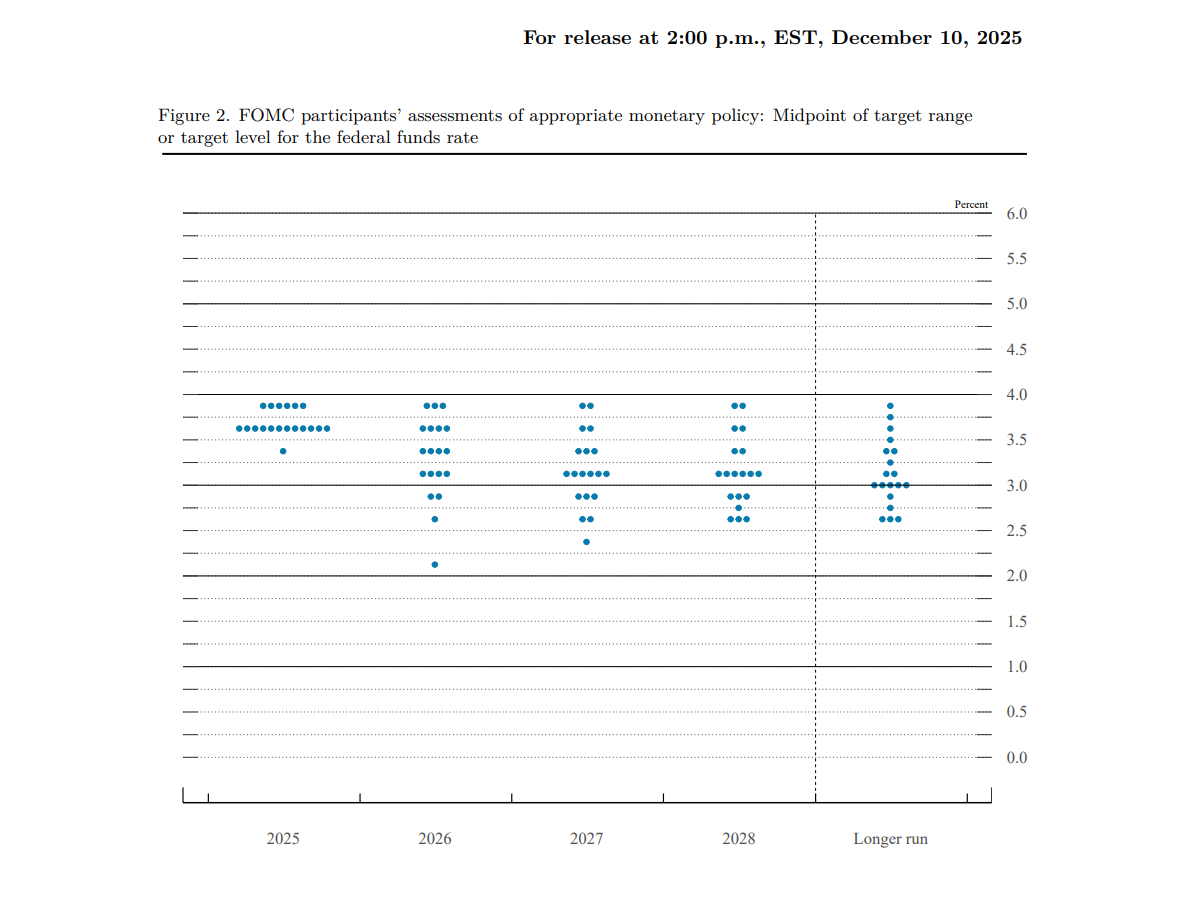When Ethereum No Longer Needs "Re-execution": The Real-time Proof Revolution of Brevis Pico
From repeated execution to rapid verification, a computational revolution hidden behind graphics cards is transforming the very foundation of blockchain.
From repeated execution to rapid verification, a computational revolution hidden behind graphics cards is transforming the very foundation of blockchain.
Written by: ZHIXIONG PAN
Recently, the Ethereum technical community has been discussing "Real-time Proving" (RTP). Simply put, it means that we no longer need all Ethereum nodes to spend massive resources "re-executing" every transaction. Instead, we can use a cheaper and faster way to verify a small proof. However, achieving this is extremely difficult. Previously, even the best-performing technologies could only verify about 40% of blocks within 10 seconds, with hardware costs reaching hundreds of thousands of dollars.
Now, the Brevis team's new technology, Pico Prism, has broken through this bottleneck: using consumer-grade graphics cards that ordinary people can buy (64 RTX 5090s), they have, for the first time, achieved valid proof generation for 96.8% of Ethereum mainnet blocks (at the latest 45M gas specification) within 10 seconds, with an average of only 6.9 seconds, and hardware costs reduced to half that of competitors. This means that the Ethereum mainnet is truly likely to achieve significant scaling without sacrificing decentralization—transactions will be cheaper, faster, and more secure.
What problem is being solved?
Currently, Ethereum produces a block every 12 seconds. Tens of thousands of nodes worldwide must redo all computations, repeatedly verifying transactions. Imagine: every time you receive a transfer notification, you have to recalculate the entire bank ledger—extremely inefficient and costly. This is the current situation Ethereum faces.
The Ethereum Foundation has proposed a new approach: Real-time Proving (RTP). In other words, instead of having every node rerun the transaction execution process, specialized machines efficiently compute a compact "proof file," and other nodes only need to download and verify this proof—lower cost, higher efficiency.
But the challenge is huge: the computational complexity of Ethereum transactions is high, and generating mathematically rigorous proofs requires tens or even hundreds of times more computation than ordinary execution. Over the past two years, multiple zkVM technology companies worldwide have been trying to reduce costs and shorten latency.
Features of Brevis and Pico Prism
Before 2025, the industry's strongest real-time proving solution was the SP1 Hypercube from the Succinct team. On 36M gas blocks, it achieved about 40.9% of blocks generating proofs within 10 seconds, but required 160 RTX 4090 GPUs, with a total cost of about $256,000.
In contrast, under the same conditions, Brevis's Pico Prism achieved 98.9% of blocks generating proofs within 10 seconds, with an average of only 6.04 seconds, and at half the cost (64 RTX 5090s, total cost about $128,000).
Even more impressively, after Ethereum raises the mainnet block gas limit to 45M in July 2025, Pico Prism still achieves:
99.6% of blocks proven within 12 seconds;
96.8% of blocks proven within the strict "10-second" real-time standard;
Average proof time of only 6.9 seconds.
This shows that Brevis's engineering design has made significant progress.
How does Pico Prism achieve this?
Pico Prism's ability to complete zero-knowledge proofs of Ethereum blocks in an extremely short time is not due to a single algorithmic breakthrough, but rather a system-level engineering innovation. The team restructured the entire proving pipeline, making the task division between CPU and GPU more rational. Lightweight scheduling and preparation are handled in parallel by the CPU, while all intensive cryptographic and computational tasks are pushed to the GPU, allowing each graphics card to operate at nearly full load. This extreme resource utilization is the core reason why Pico Prism outperforms competitors on the same hardware.
The more critical innovation lies in its multi-GPU, multi-machine collaborative architecture. Traditional proving systems are often limited to single-machine, single-card environments, quickly hitting performance ceilings due to memory and bandwidth constraints. Pico Prism redesigned task sharding and communication methods, enabling GPUs on different servers to collaborate like an assembly line. Data is efficiently split, transmitted, and aggregated across multiple nodes, achieving near-linear scaling. In other words, adding GPUs no longer just piles on resources, but proportionally increases speed.
All of this ultimately leads to an obvious result: real-time proving becomes "democratized." Previously, generating a proof for an Ethereum block might have required a cloud supercomputing cluster, but now, the same task can be accomplished with off-the-shelf RTX 5090s. Pico Prism's success is not a miracle of a single algorithm, but a complete reconstruction and industrial optimization of the entire proving process. It proves that zero-knowledge proofs can be both efficient and economical, which is a key step for Ethereum to enter the "real-time proving" era.
Visualization Platform: Ethproofs
In 2025, the Ethereum Foundation launched a public platform called Ethproofs to showcase real-time Ethereum mainnet block proofs generated by various teams. The Ethproofs platform:
Provides real-time data, publicly comparing the speed and cost of proof generation by different teams;
Encourages transparent competition within the ecosystem, driving continuous industry breakthroughs;
Offers block proof file downloads, allowing the public to independently verify authenticity.
Pico Prism has already been included in Ethproofs, where you can view their real-time proofs online and even verify these files in your browser.
What does this mean for ordinary users?
The real-time proving technology brought by Pico Prism means that Ethereum's future usage costs will be lower and transaction speeds faster. When the network no longer requires every node to rerun all transactions but only to verify simple proof files, on-chain congestion will be greatly alleviated. For ordinary users, daily operations such as transfers, purchasing NFTs, and participating in DeFi will become smoother, and fees will be significantly reduced.
At the same time, the popularization of real-time proving can make the Ethereum network truly more decentralized. Previously, verifying each block required massive hardware resources and high electricity costs, making it nearly impossible for ordinary households to participate. Now, Pico Prism has proven that using regular consumer GPUs can enable real-time mainnet block verification, meaning that in the future, ordinary households can easily run Ethereum nodes and participate in network validation and security.
Even more exciting is that this technology may give rise to entirely new application scenarios. For example, cross-chain transactions will become more secure without the need for additional trusted parties; mobile wallets can truly become light clients, no longer relying on remote nodes; even AI inference and large-scale off-chain computation can generate compact proof files, easily submitted to the blockchain for trusted verification. These new scenarios will inject fresh vitality into the entire blockchain ecosystem.
How far are we from the ultimate goal?
The Ethereum Foundation has set clear goals:
Over 99% of block proofs completed within 10 seconds;
Hardware running at no more than 10 kilowatts of power and costing no more than $100,000;
All code must be fully open source, allowing third parties to reproduce results.
Currently, Pico Prism is close to this target line (hardware cost $128,000, performance reaching 96.8% of blocks meeting the 10-second requirement). The Brevis team's next plan is to further reduce the number of GPUs to within 16, thereby fully meeting the Ethereum Foundation's "household-level" standard.
Summary
The Ethereum community is undergoing a significant technological leap: transitioning from traditional "re-execution of every transaction" to "real-time proof verification." The Pico Prism launched by the Brevis team is one of the key drivers of this transformation. Through multi-GPU parallel architecture design, they have, for the first time, used ordinary consumer graphics cards to achieve real-time proofs for Ethereum mainnet's latest 45M gas blocks: 96.8% of blocks can be verified within 10 seconds, with an average time of only 6.9 seconds, and hardware costs halved compared to the previous most advanced solution.
This breakthrough means that in the future, the Ethereum network can significantly scale without sacrificing decentralization and security, with lower transaction costs and stronger network performance—even ordinary households can participate in blockchain validation at a relatively low cost. The open and transparent Ethproofs platform initiated by the Ethereum Foundation is tracking and verifying these advances in real time, allowing the public to stay updated on the latest technological achievements and personally verify each team's real-time proof results.
Therefore, Brevis and Pico Prism are not only technological milestones for Ethereum but also open up new prospects for the entire crypto ecosystem, and are well worth continuous attention.
Disclaimer: The content of this article solely reflects the author's opinion and does not represent the platform in any capacity. This article is not intended to serve as a reference for making investment decisions.
You may also like
DiDi has become a digital banking giant in Latin America
DiDi has successfully transformed into a digital banking giant in Latin America by addressing the lack of local financial infrastructure, building an independent payment and credit system, and achieving a leap from a ride-hailing platform to a financial powerhouse. Summary generated by Mars AI. This summary was produced by the Mars AI model, and its accuracy and completeness are still being iteratively improved.

Fed rate cuts in conflict, but Bitcoin's "fragile zone" keeps BTC below $100,000
The Federal Reserve cut interest rates by 25 basis points, but the market interpreted the move as hawkish. Bitcoin is constrained by a structurally fragile range, making it difficult for the price to break through $100,000. Summary generated by Mars AI This summary was generated by the Mars AI model, and the accuracy and completeness of its content are still being iteratively updated.

Full text of the Federal Reserve decision: 25 basis point rate cut, purchase of $4 billion in Treasury bills within 30 days
The Federal Reserve cut interest rates by 25 basis points with a 9-3 vote. Two members supported keeping rates unchanged, while one supported a 50 basis point cut. In addition, the Federal Reserve has restarted bond purchases and will buy $40 billion in Treasury bills within 30 days to maintain adequate reserve supply.

HyENA officially launched: Perp DEX supported by Ethena and based on USDe collateral goes live on Hyperliquid
The launch of HyENA further expands the USDe ecosystem and brings institutional-grade margin efficiency to the on-chain perpetuals market.
